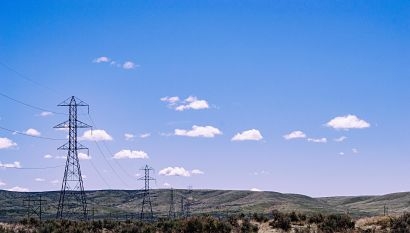
Upgrading America’s transmission system is a cost-effective way to alleviate transmission congestion and better integrate new generation. Renewable energy growth continues to accelerate as a result of competitive prices, greater demand from corporate and residential consumers, and ambitious state renewable energy programs.
Thanks to support from Breakthrough Energy, an organization founded by Bill Gates that is working to expand clean energy investment and innovation, the Macro Grid Initiative will undertake wide-ranging educational efforts in support of transmission expansion to connect areas with low-cost renewable resources to centres of high electric demand. This can be accomplished by connecting grid regions like MISO, PJM and SPP.
“We need to improve America’s outdated and balkanised electricity transmission system both to compete effectively in the 21st century economy and to properly tackle the climate crisis,” said ACORE President and CEO Gregory Wetstone. “A Macro Grid will allow for better integration of low-cost renewable energy, resulting in a more resilient, efficient grid and a dramatic reduction in carbon emissions.”
Several recent studies have already shown the immense benefits of expanding the nation’s transmission grid.
For example:
Expanding and upgrading interregional transmission lines would help electric utilities, corporate and institutional buyers, and other consumers meet carbon and clean energy goals by affordably and reliably integrating low-cost renewable resources. Enhanced transmission will also facilitate increased electrification and ensure grid reliability in the face of new patterns of electricity demand.
Increasing transmission development at the ‘seams’ between regions could save consumers more than $47 billion and return more than $2.50 for every dollar invested.
A nationwide, high-voltage direct current (HVDC) network optimised for the nation's best wind and solar resources could deliver 80 percent carbon emission reductions from the grid by 2030 without adding costs to consumers’ electric bills.
Achieving the Macro Grid vision will require new policies at the federal, regional and state levels that recognize the substantial nationwide benefits of an interregionally connected transmission network.
For additional information:

